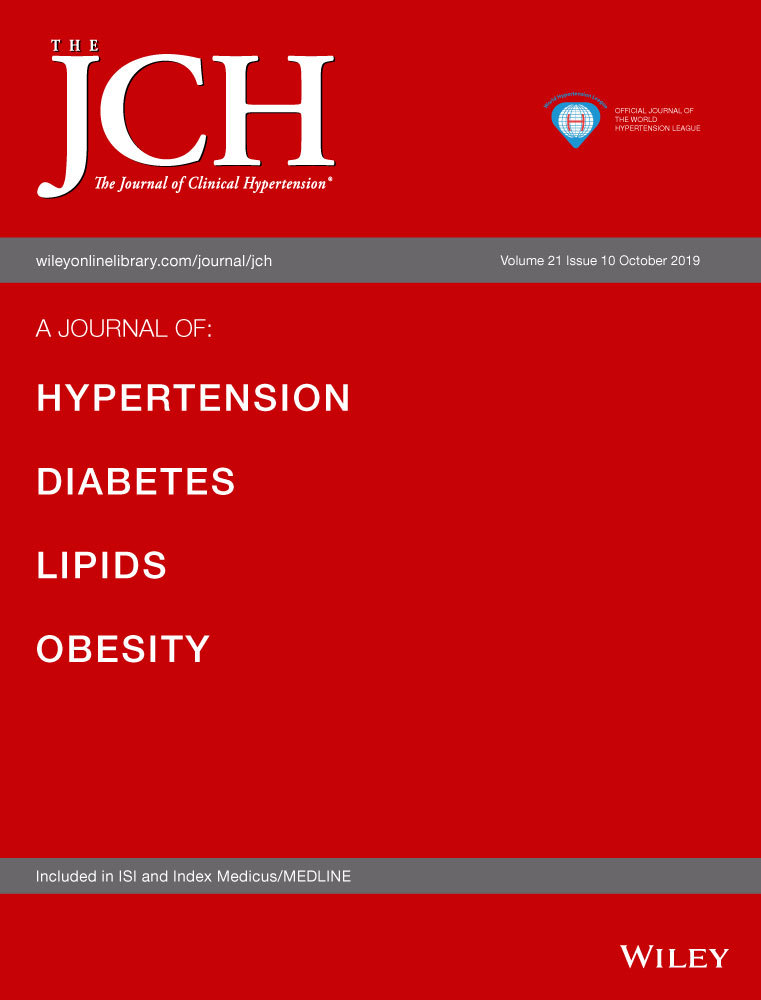Target blood pressure values in the US and European Guidelines. Are they truly similar?
Recently, Whelton and Williams1 have appropriately emphasized that the recently published USA and European Hypertension Guidelines share many key diagnostic and therapeutic recommendations.2, 3 For example, both guidelines encourage a much larger use of out-of-office blood pressure (BP) measurements to confirm the diagnosis of hypertension, after the detection of abnormal BP values at an office visit. Furthermore, they recommend drug treatment in patients with an office systolic BP within the 140-159 mm Hg range, regardless the level of cardiovascular risk, and indeed, both support the use of antihypertensive medicaments in patients with a high normal BP if their cardiovascular risk is high (US guidelines) or very high (European guidelines). Finally, the two guidelines offer strong support to a treatment strategy based on initial administration of two antihypertensive drugs (relegating initial monotherapy to some minorital groups of patients), to improve adherence to treatment and reduce therapeutic inertia, which they identify as the two major factors responsible for the low rate of BP control that characterizes the hypertensive population worldwide.
The agreement between the USA and the European guidelines is believed to extend to the target BP values to be pursued with treatment, which both guidelines have lowered to <130/80 mm Hg from the higher values recommended in the past.4-6 This agreement, however, is more apparent than real because while in the US guidelines the new lower BP target includes virtually all patients (only exception: old institutionalized patients) in the European guidelines, it excludes clinical conditions such as chronic kidney disease and, does not extend to the hypertensive population aged ≥65 years in whom the systolic BP target is set at <140 but not at <130 mm Hg. This represents a difference that involves a huge number of patients because hypertension has a much greater prevalence in the older than in the younger age.7
The difference between the attitude of the two guidelines on the target BP values to be achieved by treatment is further highlighted by a number of considerations made by the European Guidelines in the text. Some criticism is expressed on the importance given by the US Guidelines to the results of the SPRINT trial, favouring an aggressive BP reduction, because in SPRINT the BP values have an uncertain relationship with the values measured in all other trials. The US use network meta-analyzes showing that the lower the BP the lesser is cardiovascular risk is criticized because network meta-analyzes are based on non-randomized comparisons of groups and subgroups of patients from different trials. It is mentioned that it is already quite difficult to lower systolic BP to <140 mm Hg, as documented by the failure to achieve this goal in several trials in which on-treatment average systolic BP remained >140 mm Hg.8 This being the case, setting the systolic BP target at <130 mm Hg may appear as “mission impossible” to the practicing physicians, particularly in patients in whom the starting systolic BP values are >160 mm Hg. Another consideration is that the epidemiological relationship between BP and the absolute incidence of cardiovascular outcomes flattens in the lower portion of the BP-outcome curve, which means that the incremental benefit to be expected by lowering systolic BP to <130 mm Hg is much less than that obtainable by lowering BP to higher BP values the new lower BP target thus calling for a much greater therapeutic effort in the face of a more limited benefit. A final, and perhaps even more important consideration, is that available data agree that greater BP reductions are associated with a greater risk of drug-related side effects, including the serious side effects that lead to treatment discontinuation. In a recent meta-analysis of randomized trials, the side effect-related discontinuation of antihypertensive treatment increased almost exponentially as the magnitude of the therapeutic BP reduction increases.9 Because treatment discontinuation is associated with a marked increase of cardiovascular risk,10 this will of course limit the net benefit achievable with the lower BP targets.
The above consideration finds a reflection in the concluding statements of the European guidelines on the target BP values to achieve via antihypertensive drug administration. In the hypertensive population aged <65 years, (in which also the European guidelines recommendation is to lower BP to <130/80 mm Hg), the former statement recites that “the first objective of treatment should be to lower BP to 140/90 mm Hg in all patients” and only if treatment is well tolerated, treated BP should be targeted to 130/80 mm Hg or lower.” It was felt that this could reassure physicians that lowering BP to <140/90 mm Hg should by no means be regarded as a therapeutic failure because at <140/90 mm Hg a substantial proportion of the benefit of antihypertensive treatment has already been achieved.




